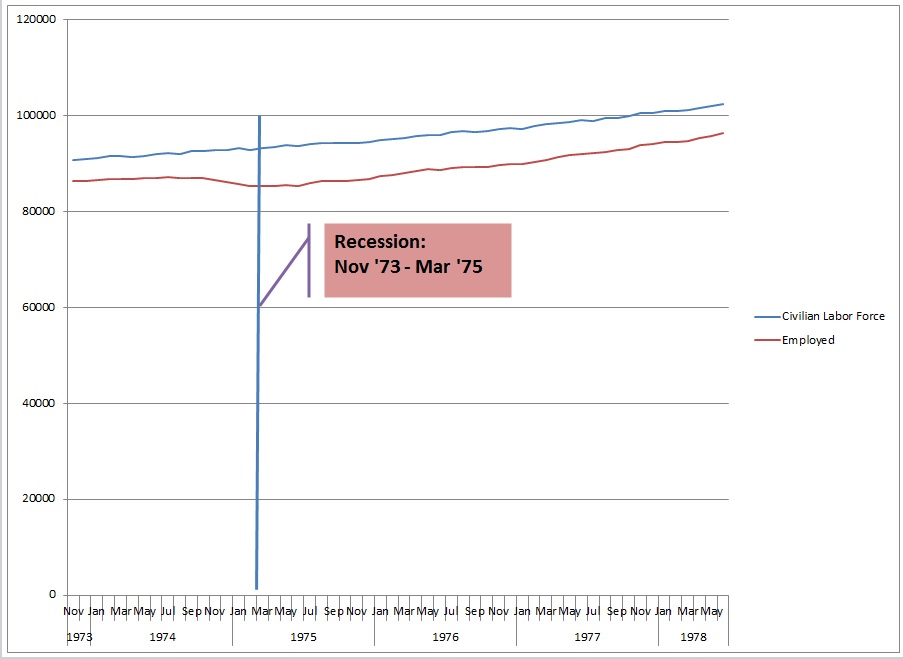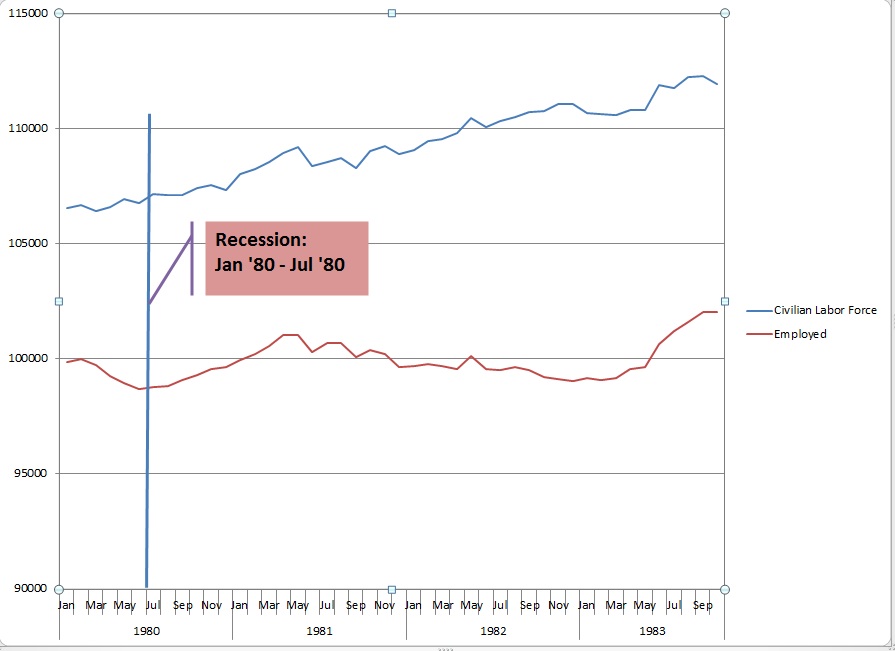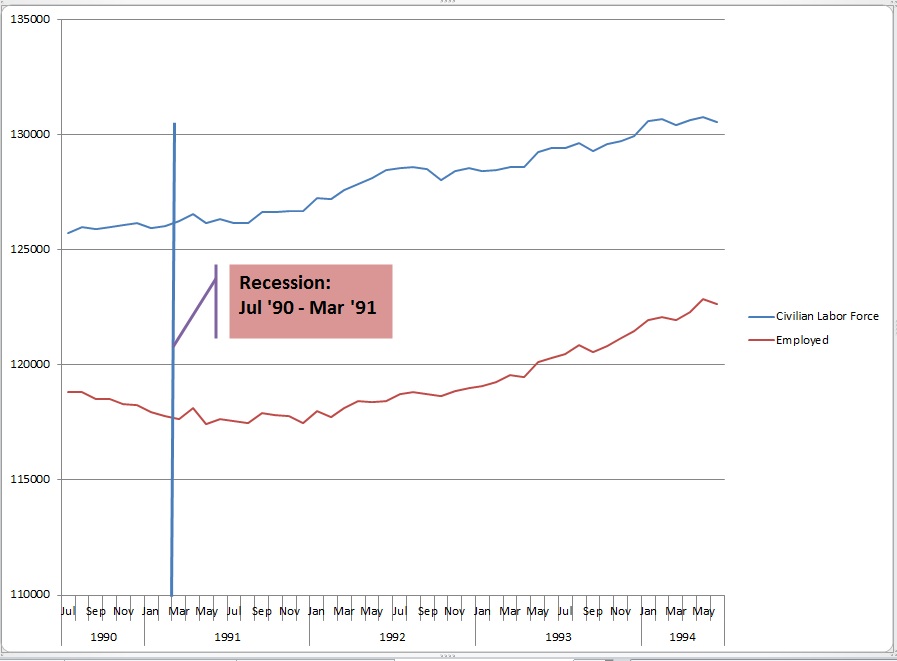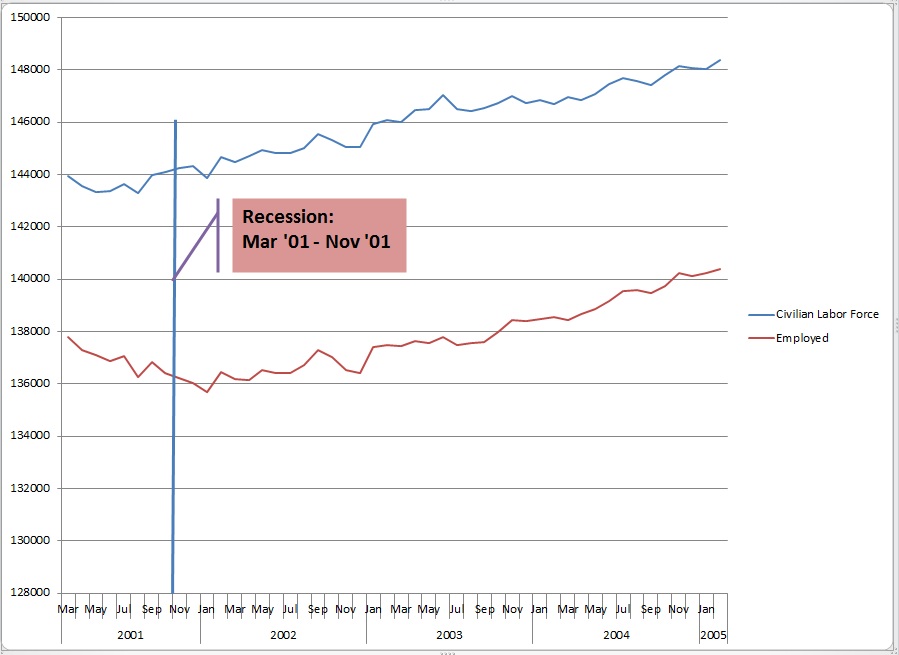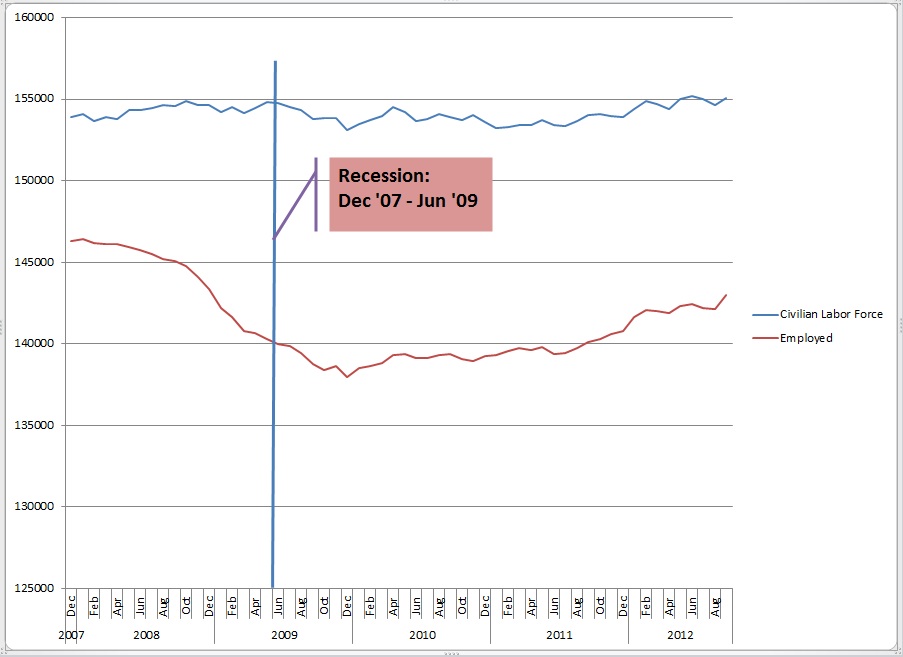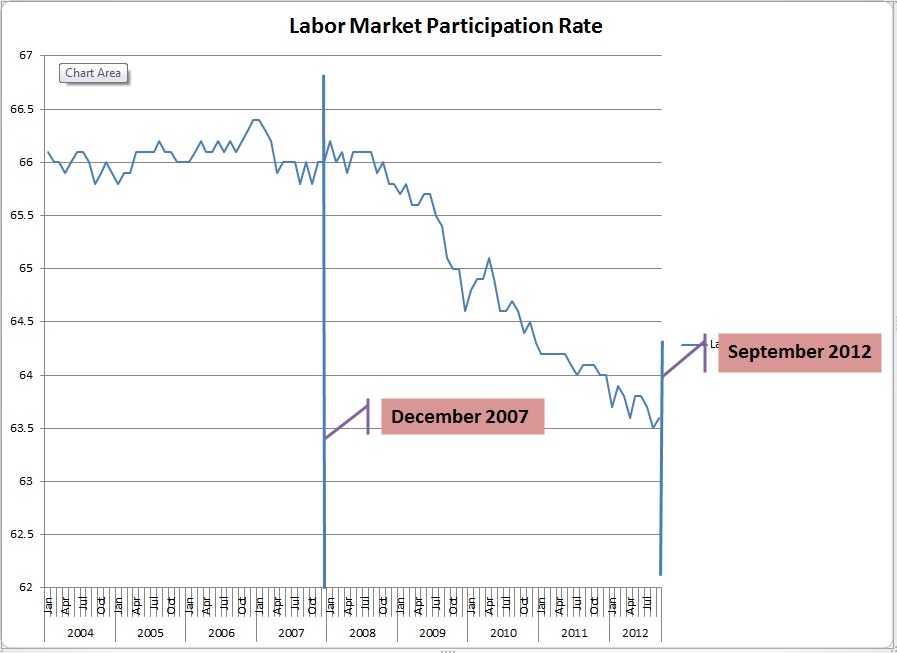Thursday, June 20, 2013
Ignorance is curable. Stupid is forever.©
We have been ringing the alarm bell about this in our posts and Matt has spoken of it on the radio. We are getting more and more questions about it as the likelihood of slowing the current bond buying program (Q.E. whatever) looms.
Ask anyone, including market “experts” if it’s a good idea or bad idea for the government to “kick the can down the road” and they’ll say it’s a bad idea. Then ask if they want the Fed to slow the bond buying program and they’ll exclaim “NO” in a panicked voice! What this betrays is a complete lack of understanding of what “Quantitative Easing” actually is.
First of all, it should be of great concern to anyone with money in the markets that government action, even contemplated government action, has become more important than economic fundamentals. Think of how absurd it is for the markets to panic at the thought of improving economic conditions that would lead to LESS government interference. Ya get that? THE MARKETS SELL OFF WHEN THE ECONOMY SHOWS SIGNS OF IMPROVING!! That is absolutely terrifying. When reality catches up, and it always will eventually, the results for those in the markets unprotected will be potentially catastrophic.
So, what is “Quantitative Easing” in actual practice? As with most things it is very simple. The Fed is buying short term debt (bonds) that are nearing expiration and refinancing the debt for a longer term. It is the very definition of “kicking the can down the road.” That is deplorably dangerous economic policy as it is, but never discount the government’s ability to take a bad idea and make it worse. WE DON’T HAVE THE CASH TO PAY OFF THESE LOANS! They are printing money out of thin air to pay off the loans and borrow the money for a longer period! If you did that you’d be arrested for counterfeiting! Does that help explain why you are hearing all this talk about the U.S. dollar no longer being the world’s reserve currency? By printing more supply of money without the demand for it we dilute the value of the currency and that’s why counterfeiting is illegal. There are two blog posts we did last year that explain this in more detail including an explanation of inflation and commodity impacts. They are:
Some Inconvenient Truths can be Backed Up by Real Math and Science Parts 1 and 2
They can be found at:
and
We hope this helps answer some of the questions surrounding the market’s behavior these days. Call or e-mail us with any others!
Thanks for reading and please stay tuned…
Every effort is made to ensure accuracy of data transcription but accuracy cannot be guaranteed. Referenced sources should be reviewed. Any analysis represents the opinion of Blue World Asset Managers, Ltd. who does not warrant or guarantee predictions based on its analysis.
©Blue World Asset Managers, LTD Thursday, June 20, 2013


